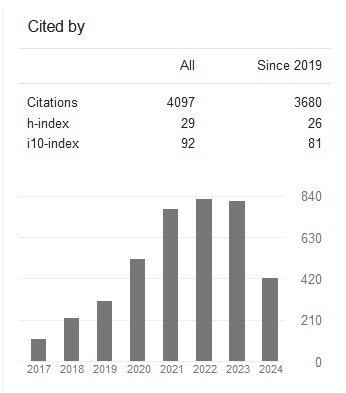Forgeability of AZ Series Magnesium Alloy produced by Twin Roll Casting( Vol-3,Issue-2,February - February 2017 ) |
|
Author(s): Nao Ozawa, Shinichi Nishida, Toshio Haga, Junshi Ichikawa, Yuta Kashitani, Ryosuke Okushima, Yujiro Nitta, Atsuhiro Aoki, Yuto Takigawa, Hayato Aso, Hideto Harada, Akihiro Watanabe |
|
Keywords: |
|
|
Magnesium alloy AZ91 AZ121 AZ131, Hot forging, Twin roll strip casting, Forgeability. |
|
Abstract: |
|
|
Plastic forming of magnesium alloy is hardly reported because of its low forgeability. The productions of magnesium alloy are mainly produced by casting. Typical wrought magnesium alloy is AZ31. Magnesium-aluminum alloy indicates maximum elongation when the composition includes 3% aluminum. When the magnesium alloy includes over 3% aluminum, its elongation slightly decreases. Therefore, AZ31 that include 3% aluminum and 1% zinc is generally used for plastic forming. The more increasing aluminum composition, the larger 0.2% proof stress becomes. However its forgeability is decreasing because of precipitation of β phase such as Mg17Al12. It is supposed that the β phase is refined by rapid cooling casting process such as twin roll casting. In this paper, the magnesium alloy thick sheet of AZ91, AZ121 and AZ131 for hot forging, that include 9%, 12% and 13% aluminum composition respectively, was produced by twin roll strip casting process. And the forgeability of high aluminum containing magnesium alloy was investigated by die forging. As a result, it was possible to forge their magnesium alloys. |
|
Cite This Article: |
|
| Show All (MLA | APA | Chicago | Harvard | IEEE | Bibtex) | |
Share: |
|

 DOI:
DOI: 



























